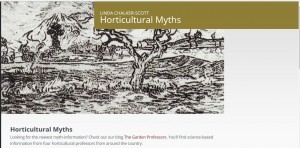By Jeff Gillman (posted by Linda C-S, who has taken liberties with using photos from UNC Charlotte gardens that have nothing to do with Jeff’s post.)
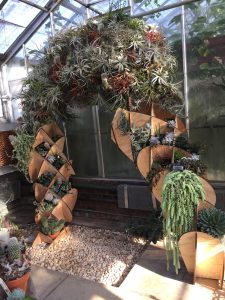
It has been almost two years since I have had the chance to post anything as a Garden Professor. Since then I’ve taken a job as the Director of UNC Charlotte Botanical Gardens and there are all kinds of things I’d like to share with you, and perhaps sometime over the next few weeks and months I will, but for now what is probably most pertinent is that I absolutely love my job. I am still doing some work on garden myths, but what I’m finding more entertaining is investigating the histories of different plants and their interactions with humans. In fact, in about a month or so, my friend Cindy Proctor and I will be releasing a podcast titled The Plants We Eat that investigates the interesting history, culture and biology of the various plants we use for food. We’ve already recorded shows on strawberries, grapes and mad honey, and we’ll be doing shows on apples, figs, and a few others before we release it – we want to have a decent backlog of shows so that we can maintain a pace of one podcast a week.
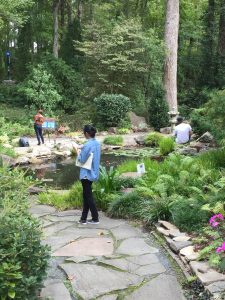
But enough about me! The current Gardens Professors called my attention to a recent article titled “The effect of ad hominem attacks on the evaluation of claims promoted by scientists”, and I found it informative to say the least. This article provides instructions on how to stop people from trusting a particular study.
No, seriously. If you wanted to you could actually rewrite this as a short manual on how to make people question the results of any scientific study.
And if you did I think it would look kind of like this:
(Short Disclaimer – I’m pretty sure that the authors of the above article never intended it to be taken in the way I’m presenting it. I’m posting this purely as satire.)
So, someone has published a scientific article that you disagree with. Hey, we’ve all been there. Scientific evidence that contradicts your beliefs/works/preconceived notions sucks, but it isn’t the end of the world. There are things you can do.
You might consider conducting your own well-designed experiments that would call into question some of the claims of the offending work. Once upon a time this was been the standard way to address this kind of problem, but this could take months or even years to accomplish. And the truth of the matter is that your experiment might not even say what you want it to and even if it does, with attention spans the way they are, nobody will even remember what you’re even talking about when your paper comes out.
Which is to say, there are better, faster ways to take care of inconvenient research, and that’s where this convenient manual comes into play.
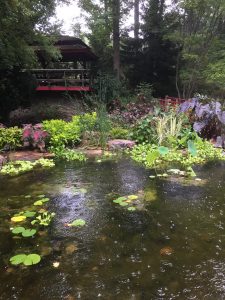
First, realize that attacking the research itself isn’t a sure thing. Sure, it’s the right thing to do, but morals be damned, attacking the research itself can be waaaayyy too technical. People won’t understand what you’re talking about, so forget about it.
Attacking researchers personally by making nasty comments about where they graduated from college or that they do sloppy research would seem like winner, that kind of attack just doesn’t cut it today. Maybe it’s the political climate, but, to their credit, people just aren’t responding to non-specific personal attacks the way they once did.
So you’ve got to be smart and hit them where it hurts. You could say that data was fabricated in the paper that you want to discredit, but this could be problematic if it isn’t true. Not to worry. All you really need to do is find an instance where the researcher did do something wrong. In fact, it’s possible that some past misconduct could be even more effective at discrediting a paper than misconduct on the paper in question itself.
The gold standard, however, is conflict of interest. By establishing that the researcher who has caused you grief has some sort of conflict of interest you can cause people to question the results of research just about as effectively as if some sort of misconduct had taken place, and conflicts of interest are much easier to find! You could blame a company, a person, or even a University. Shoot, want to show that a study, which demonstrates that an herbicide is effective at controlling a weed, isn’t true? All you need to do is show that the company which makes the herbicide gave a few hundred dollars to an athletic program at the school, or show that one of the student workers in the lab has a second cousin employed by the company. It’s all good.

And so there you have it. The fast, easy way to discredit someone. And remember, just implying things can be as effective as having facts. No need to lie! Good Luck, and remember The Truth is What You Make It!
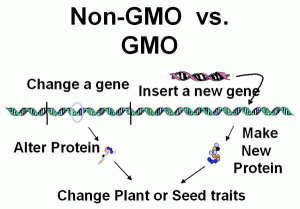

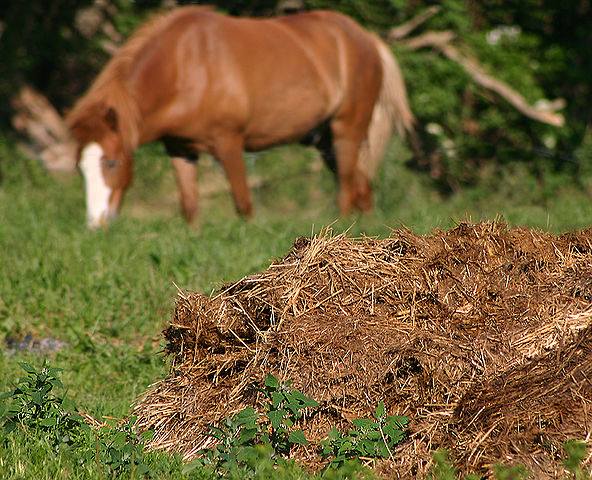
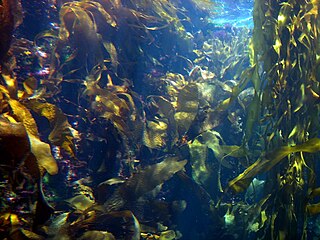


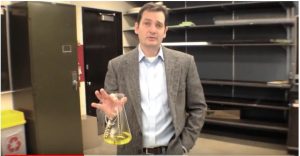
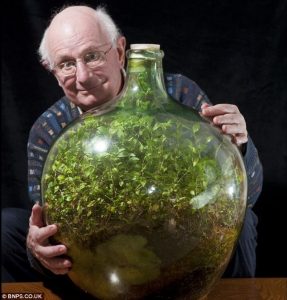
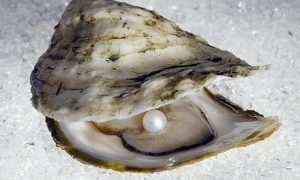
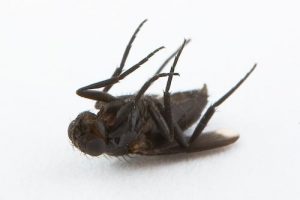
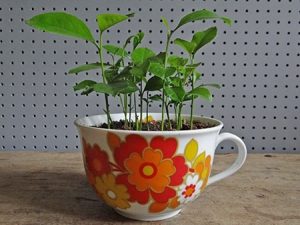





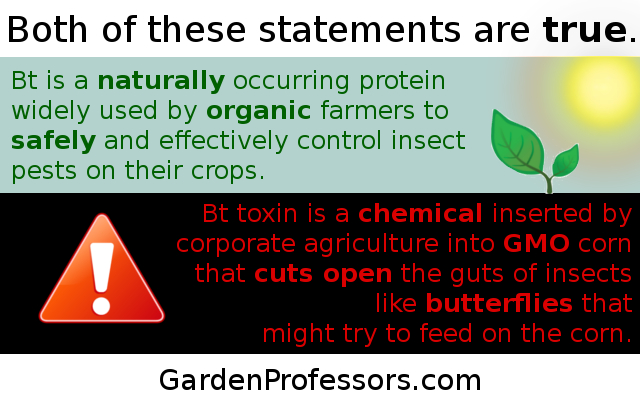
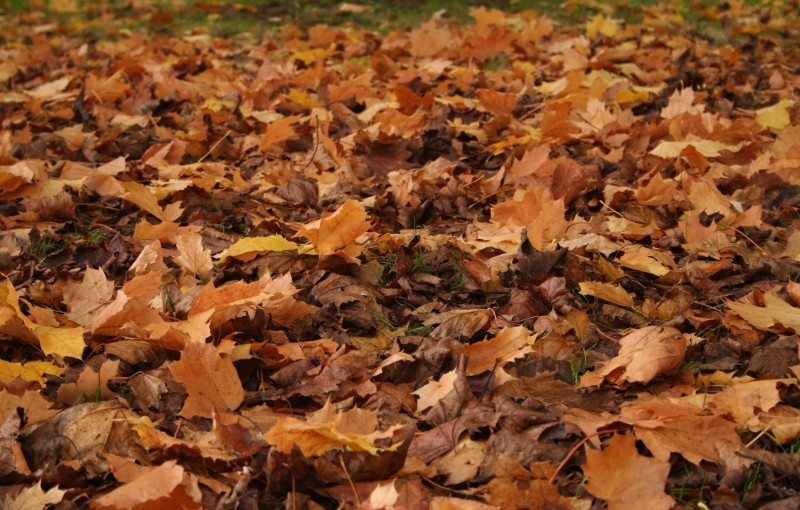



![Homeopathic medications are diluted until nothing is left except water [[Photo from Wikipedia]](https://gardenprofessors.com/wp-content/uploads/2015/11/index.jpg)

